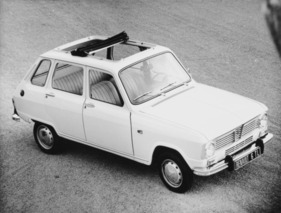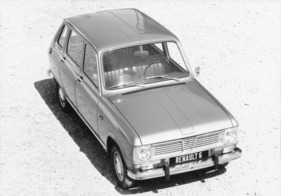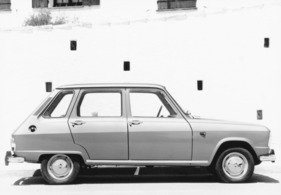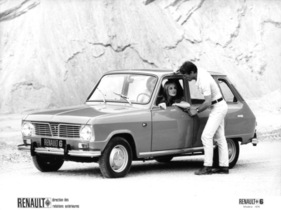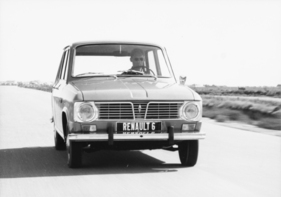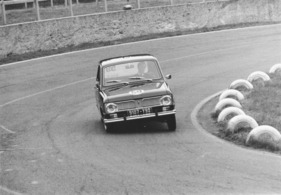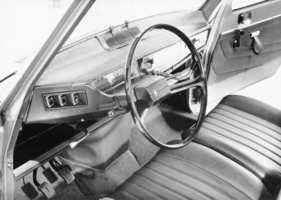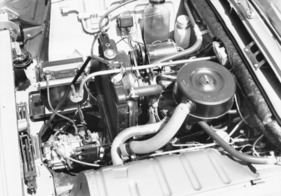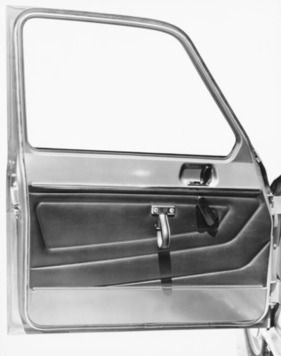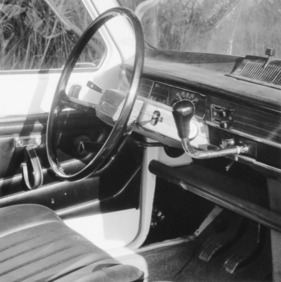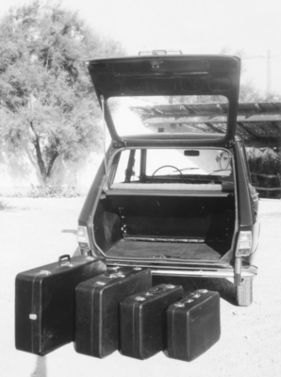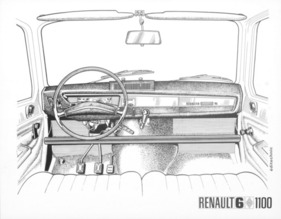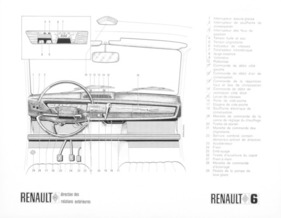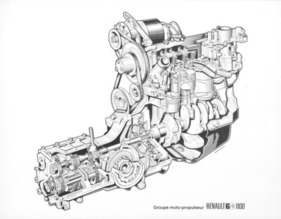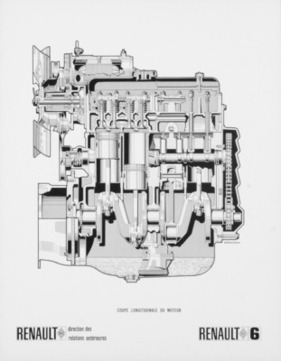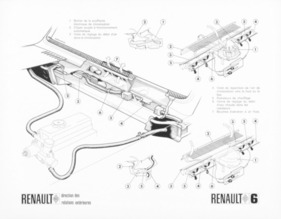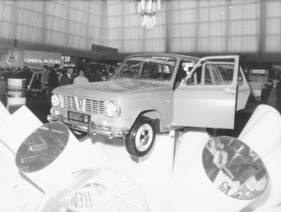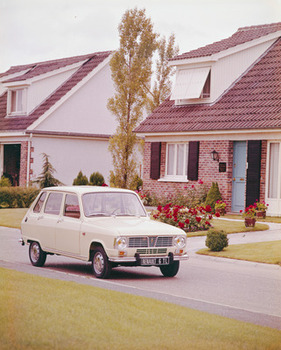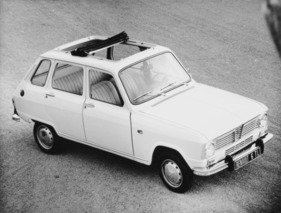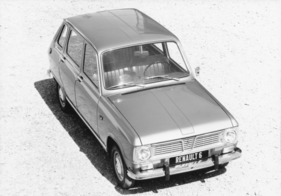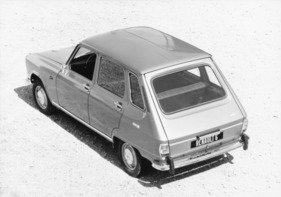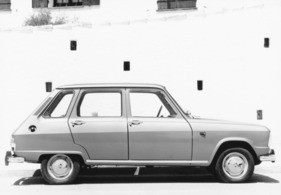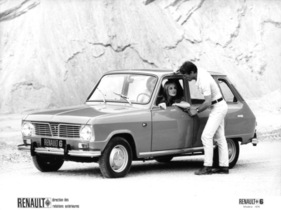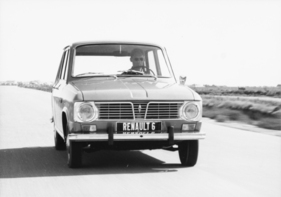Double half portion - Renault 6 in the (historical) test
Summary
If there hadn't already been the successful rear-engined model with this name, the Renault 6 should really have been called the Renault 8 - because as the big brother of the R 4, it did almost everything twice as well and was almost half an R 16. In this historic test, the new 1971 model with 1100cc engine is tested, and the question is answered as to whether the extra charge for the TL equipment is worth it.
This article contains the following chapters
- Why 1100?
- Important question: R 6 L or TL?
- Short interior length
- Variable luggage compartment
- Trouble-free engine
- Easy to operate
- Safe riding
- Brakes, tires, safety
- Quality
- mot overall rating
- Plus points
- Minus points
- Shifting gears correctly
- Technical data
Estimated reading time: 11min
Preview (beginning of the article)
The R 6 is an R 4 with a modernized body and a more powerful engine. No difference in the chassis: same wheelbase, same track width, R 6 reinforcement is now also fitted to the R 4. The R 6 body is wider (by 5 cm) and considerably longer (by 18 cm, noticeably more rear overhang), and correspondingly heavier: the R 4 weighs 655 kg, the R 6 820 kg. The French R 6 arrived in 1968 with the 850 cc/34 hp engine. Same acceleration as the R 4 with 850 cc/26 hp engine, top speed 120 instead of 115 km/h, half a liter more fuel consumption (normal fuel), still economical enough. This 850 cc R-6, which remains the standard model in France, has been imported privately to Germany many times in recent months; mot explained the how, the factory was angry: The R 6 was not intended for export to Germany, was the only information given for years.
Continue reading this article for free?
Photos of this article



